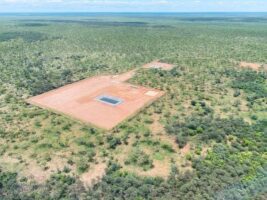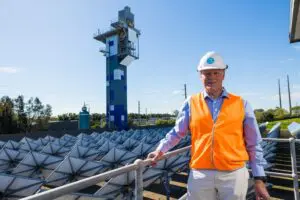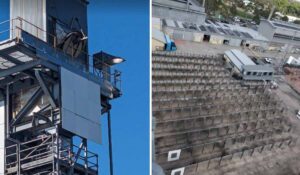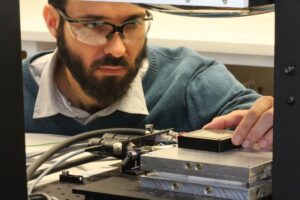The Australian Energy Market Operator is teaming up with the CSIRO and two Australian universities to lead a new research centre that aims to fast-track the development of a completely renewable energy power grid.
The Electric Power Innovation for a Carbon-Free Society (EPICS) Centre is a multinational program that also involves the US and the UK, but the Australian arm will be particularly important as Australia will likely be the first major economy in the world to close in on a 100 per cent renewables grid based mostly around wind and solar.
The EPICS program also involves the University of Melbourne and Monash University and is part of a newly announced series of joint initiatives that will also involve green hydrogenv,
The Australian arm of EPICS will be formally led by AEMO and the CSIRO, who have also worked together on the Gen-Cost report on which AEMO’s 30-year planning blueprint, the Integrated System Plan, is based.
However the technical lead will be the University of Melbourne, and the principal investigator will be a team led by Professor Pierluigi Mancarella, the university’s chair of electrical power systems and the Australian EPICS Centre Principal Investigator. Monash University completes the Australian team.
Mancarella said the global electric power sector is responsible for 42 per cent of global carbon emissions, and the key to reduce this is to find solutions to the challenges of building renewable energy power grids at large scale.
“The transition towards a 100 per cent renewable energy power grid is necessary to decarbonise the global electric power sector and support climate-critical decarbonisation of other economic sectors and end users such as transport, heating/cooling, industry and many other domains,” Professor Mancarella said in a statement.
“This Global Centre will leverage transformative computing, economic strategies, engineering solutions and forward-thinking policy to help achieve the changes that are needed in an ambitious timeframe.”
He said these challenges range from guaranteeing stable and secure system operation in the presence of ultra-high penetration of renewables and distributed energy resources, to identifying robust and resilient investment paths to decarbonise the whole energy system.
Australia currently sources more than 37 per cent of its power from renewables on its main grid, and aims to reach 82 per cent by 2030, despite delays in transmission, wind, solar and storage projects.
Reaching 100 per cent renewables by 2035, or close to it, is considered essential to decarbonise other parts of the economy and support the electrification needed to reach broader net zero targets.
AEMO has forecast that the main grid will reach periods of “instantaneous” 100 per cent renewables by 2025, and has outlined a detailed engineering plan to solve some of the issues that can arise – including storage, and system security, including inertia and system strength.
The challenge is partly because the grid is moving from a system based around centralised and synchronous generation to a distributed grid where inverter-based technologies dominate.
These are known to be able to provide the same services, but integrating them into a hybrid system is the biggest challenge. AEMO boss Daniel Westerman has compared to changing the engines of a plane while it is in flight.
The EPICS program is one of six announced by Australia, the UK, the US and Canada and others as part of the National Science Foundation Global Centers in Climate Change and Clean Energy (NSF Global Centers) program.
Two of them involve Australia. Apart from the EPICS program focusing on 100 per cent renewable grids, Australia is also involved in the creation of the Global Hydrogen Production Technologies (HyPT) Centre.
This includes Australian innovations such as renewable energy-integrated water electrolysis, methane pyrolysis with valuable solid carbon co-products, and solar-driven water splitting.
The University of Adelaide, Flinders University, and Curtin University will represent Australia in this international collaboration, working with partners from the US, Canada, the UK, Egypt, and Germany, according to a statement issued by the CSIRO.
University of Adelaide’s deputy vice-chancellor (Research), Professor Anton Middelberg, said the technologies have the potential to be game-changing for hydrogen production.
“Partnering with the NSF’s Global Centers means Australia remains at the global forefront of work to build a clean hydrogen industry, build integrated and equitable energy systems, and partnering with regions and industries for a low emissions future,” said CSIRO’s acting CEO Kirsten Rose.










